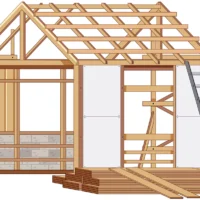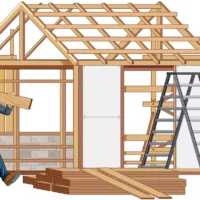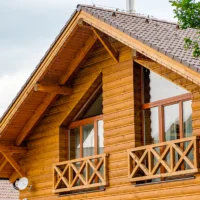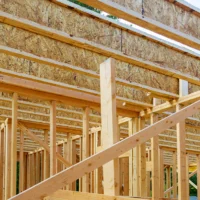The Importance of Land Surveys in Building a Log Home
Essentially, land surveys means measuring and mapping a piece of land, including elevations, angles, boundaries, and features. Land surveyors use sophisticated equipment to capture high-quality images for supporting their reports. But why are these land surveys necessary, and what do they have to do with building a log home? Below, Sierra Log & Timber explains the benefits of surveys, the different types, and more.
Benefits of Land Surveys
Let’s start with some of the primary advantages of land surveys to home buyers:
- Land Surveys can ensure that your parcel of land does not infringe on a neighboring property.
- Getting a survey will allow your lender to confirm the legal description of your property.
- It will also alert you of any easements or hazard areas that could influence your construction.
Types of Land Surveys
There are many different types of land surveys performed, but here are some of the most common in the new home construction process:
- Mortgage lenders, banks, and companies typically request mortgage surveys (title surveys) to locate every property detail and confirm local building codes and zoning laws.
- Site planning land surveys are conducted to map out boundaries and topography before log home construction begins.
Surveyors perform boundary land surveys to comply with state laws and confirm a property’s boundary lines and corners.
When to Get a Land Survey
Typically, you should get a land surveys before constructing a new home.
- A land surveys will map out the precise boundaries of your property, as well as the potential restrictions.
- The information from your survey can provide you with valuable information to use in negotiations.
- It’s best to have a survey completed immediately following your initial offer so that you can save time in a competitive market.
While land surveyors perform many different types of land surveys, the ones described above are the most commonly seen by people building homes. If you’re planning to construct a log home, you will need to understand the general purposes of land surveys. Consider the information above, and keep learning about what you should expect in the months ahead!
Choosing the Right Land Surveyor
Selecting a qualified land surveyor is a crucial step in ensuring the accuracy and reliability of your land surveys.
- Experience and Credentials: Look for a licensed surveyor with experience in log home construction and new home construction processes.
- Knowledge of Local Regulations: A surveyor familiar with zoning laws and land assessment requirements in your area can help prevent costly mistakes.
- Use of Advanced Technology: Modern surveying tools, such as GPS and 3D mapping, can provide precise measurements and detailed reports.
- Comprehensive Services: Choose a surveyor who offers a full range of services, from boundary surveys to topographical assessments.
By selecting the right professional, you can ensure that your log home construction project starts on a solid foundation.
The Role of Land Surveys in Site Preparation
Before starting log home construction, proper site preparation is essential to ensure the stability and longevity of your new home. Land surveys play a crucial role in this process by providing detailed insights into the terrain, boundaries, and potential challenges of your property.
Assessing the Topography
A land survey helps determine the elevation levels and natural features of your property. This information is crucial for grading, drainage planning, and foundation design. Understanding the topography ensures that your log home is built on a stable surface, reducing the risk of soil erosion and foundation shifting over time.
Identifying Utility Lines and Easements
During site preparation, it is important to know the location of underground utilities, such as water lines, gas lines, and electrical cables. A land survey will identify existing utility lines and easements, helping you avoid costly damage or delays during construction. This step ensures compliance with safety regulations and prevents unexpected interruptions.
Mitigating Environmental Risks
Land surveys also assess environmental factors that may impact your construction. They help identify flood zones, wetlands, and soil composition, allowing builders to take necessary precautions. If your land is located in an area prone to heavy rainfall or seismic activity, survey data can guide drainage solutions and structural reinforcements to protect your log home.
Ensuring Compliance with Zoning Laws
Local zoning laws and building codes dictate where and how a home can be built. A land survey ensures that your home meets all legal requirements regarding setbacks, height restrictions, and land use regulations. This helps avoid legal issues that could delay or even halt your construction project.
Expert Guidance for Your Land Surveys
Sierra Log & Timber can help you with any design challenges you face with the help of professional designers with years of experience. The Sierra Log & Timber team has helped numerous clients across the United States build a customized dream home.










